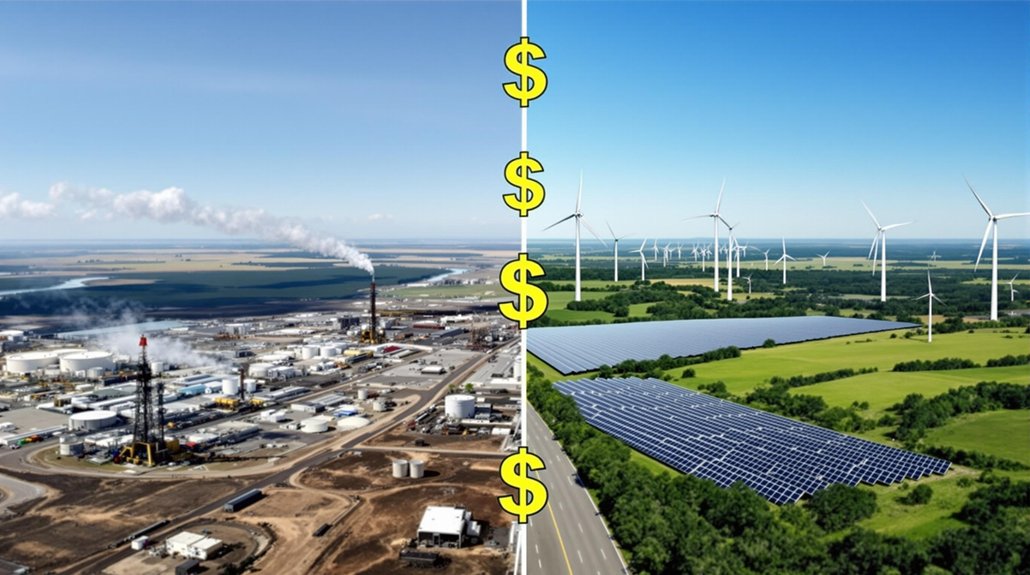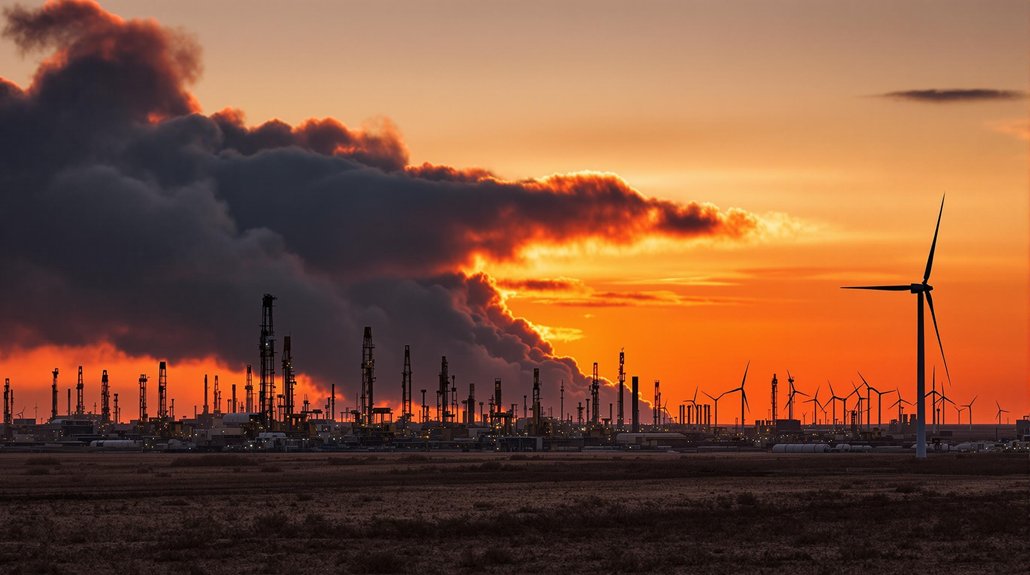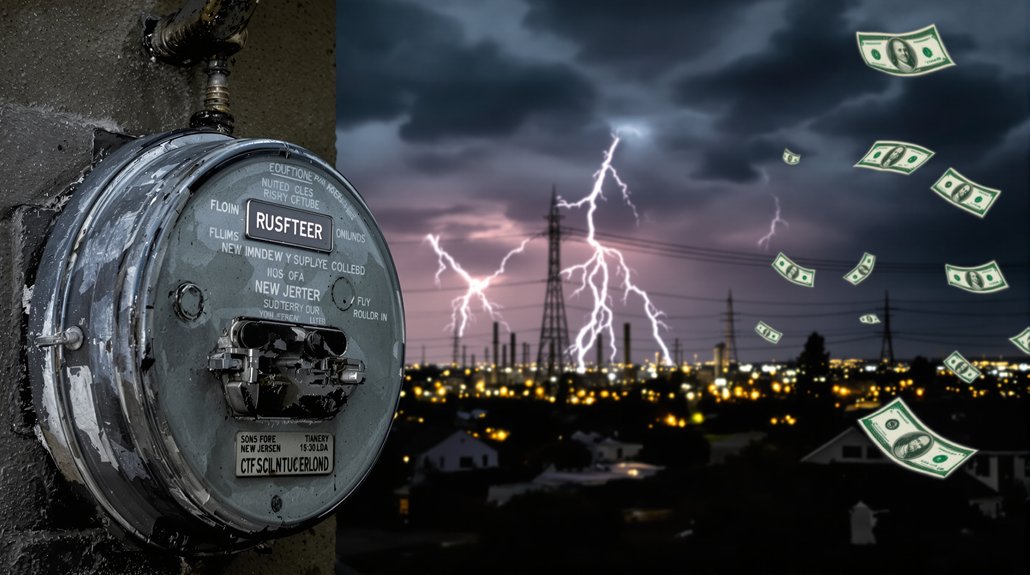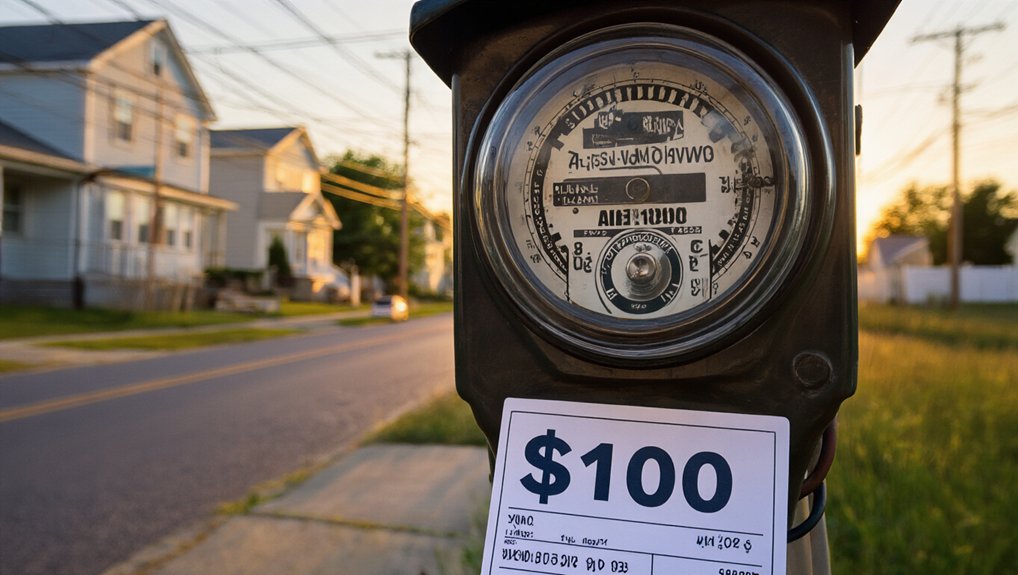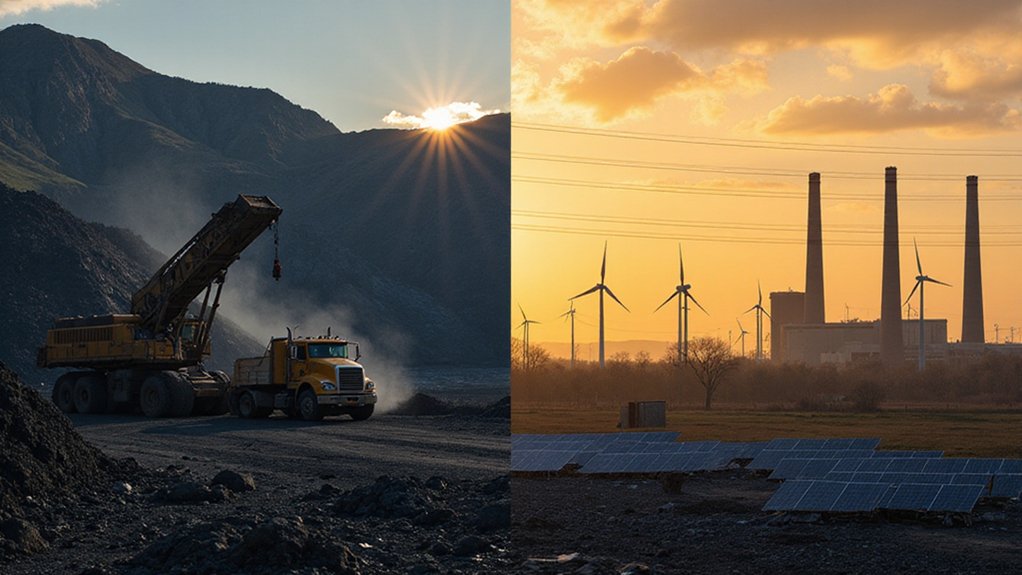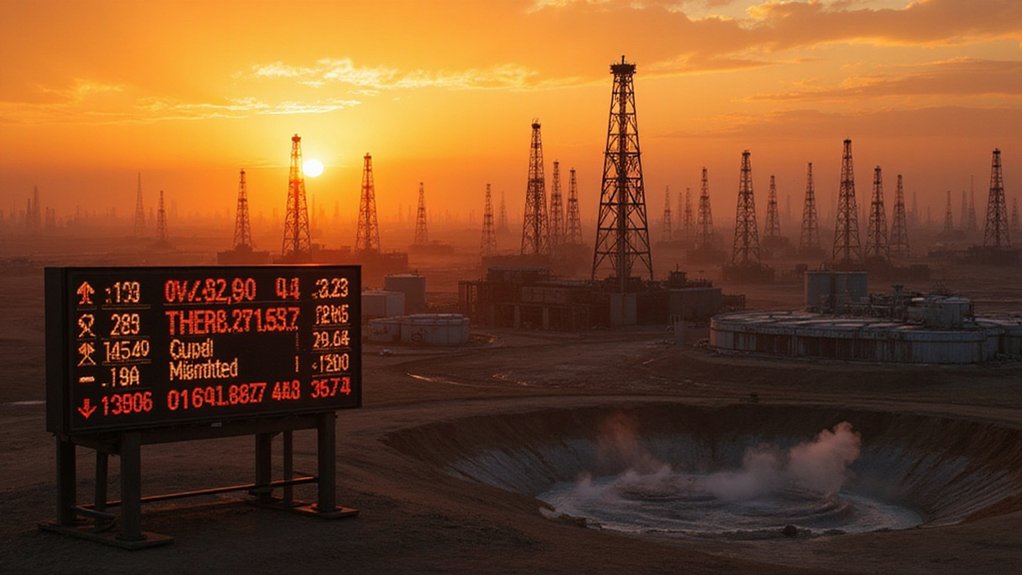Fossil fuel investments continue to rise in 2024, with upstream oil and gas reaching $570 billion and companies like BP adding $10 billion to production. Meanwhile, 100% of natural resource companies have established clean energy strategies, though implementation levels vary markedly. Clean energy investment now exceeds $2 trillion globally, outpacing fossil fuel spending. Companies face challenges including supply chain disruptions and high financing costs while pursuing these dual energy paths.
While fossil fuel investments continue to surge with a 7% increase expected in 2024, companies across the energy sector are simultaneously developing robust green strategies. Upstream oil and gas investment is projected to reach $570 billion this year. Major players like BP are investing an additional $10 billion in oil and gas production and aim to produce 2.4 million barrels of fossil fuels daily by 2030.
Global clean energy investment is growing even faster, expected to exceed $2 trillion in 2024. Natural resources companies plan a 34% increase in clean tech spending for 2025. For the first time, spending on renewable power, grids, and storage now exceeds combined investment in oil, gas, and coal.
Clean energy investment now outpaces fossil fuels, with $2 trillion expected in 2024 and continued growth on the horizon.
A recent survey found that 100% of natural resources companies now have clean energy strategies in place. However, implementation varies widely across the sector. About 71% of renewables companies have reached the implementing or fully implemented stage, compared to just 36% of oil and gas companies. Most companies (63%) view clean energy as a growth opportunity. Successful strategies require setting annual emissions targets to track progress toward net zero goals.
Technology priorities are evolving across different timeframes. Solar ranks as the top priority (51%) in the near term, while battery storage and carbon capture take precedence (61%) in the medium to long term. Geothermal energy and hydrogen are seen as high priorities over a 10-year horizon. To achieve true sustainability, the industry must increase renewable capacity 6-8 times by 2050 to fully replace fossil fuels.
Companies face significant challenges in executing their green strategies. Supply chain disruption (79%) and geopolitical issues (78%) top the list of concerns. High financing costs and insurance barriers also hinder progress. The cost of capital remains particularly high for clean energy projects in emerging markets and developing economies, where financing costs are at least twice as high as in advanced economies.
Looking ahead, the energy landscape faces uncertainty from several factors. The 2024 US election could bring policy changes, while interest rate cuts might clarify market conditions in 2025.
Despite these challenges, the energy infrastructure sector shows strong financial performance, with projected total returns exceeding 12% for 2025 and dividend growth of 5-7%.
